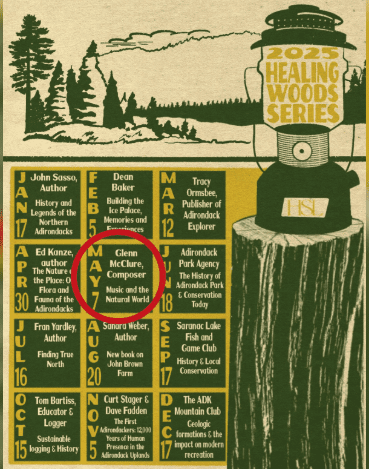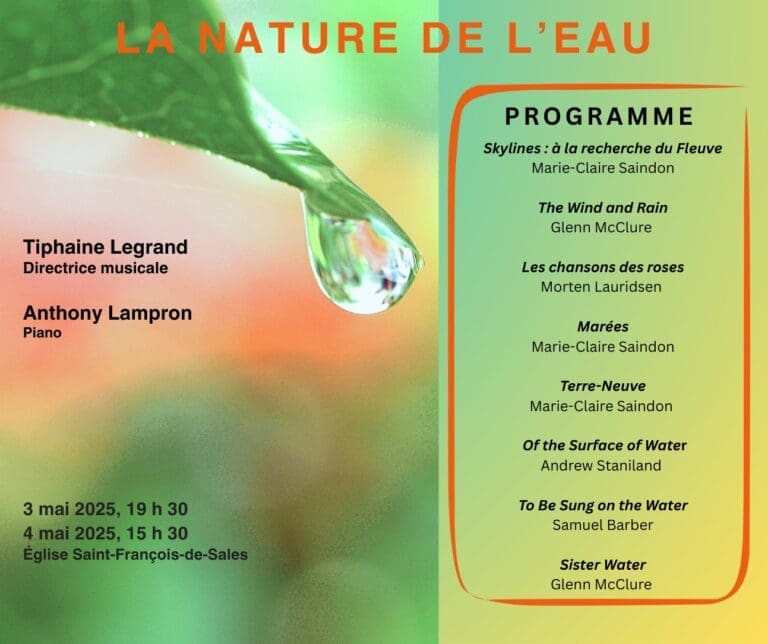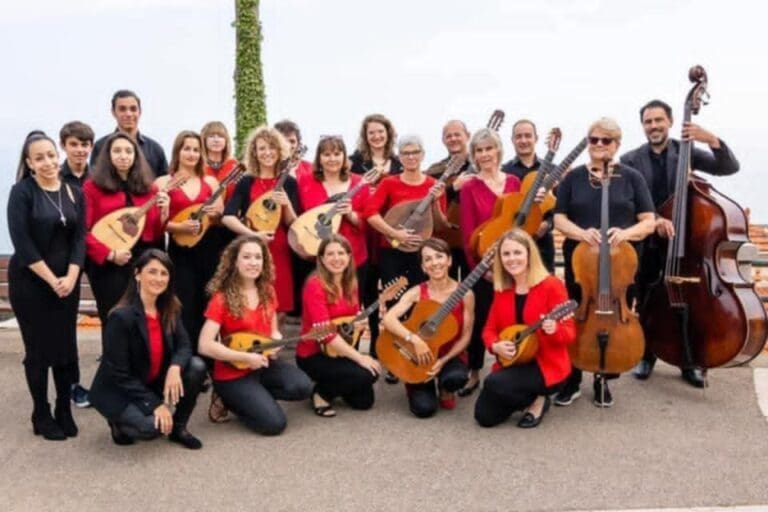The Kyrie/Kiriye
The “Kyrie” is often the first movement in a concert mass. Unlike the rest of the mass written in Latin, this text is Greek. Kyrie Eleison, Christe Eleison, Kyrie Eleison (“Lord have mercy, Christ have mercy, Lord have mercy”). Greek was the lingua franca of the Mediterranean at the time Jesus was born. Furthermore, the New Testament was first written in Greek. Once Rome conquered Greece and the rest of the Mediterranean, Latin became the new language of church and scholarship. The mass was eventually translated into Latin around the end of the second century. Opposition to the shift from Greek to Latin would be argued in a similar way many years later when Latin would give way to vernacular languages around the global Church. It is tempting to think that the Greek Kyrie as simply a vestige, a leftover of the Greek mass; however, this particular prayer was introduced later in fourth century and shortened to its current form.
Since the Kyrie starts the mass, I see an opportunity to introduce the two main components of Haitian culture: France and West Africa. It is this mix of cultures that makes Haiti unique among Caribbean nations. So, this movement will start with a lyrical European choral gesture in a minor key, using the Greek text. Next, I will introduce a more rhythmic West African gesture in a major key, using the Kreyol text. Eventually the two will combine. I want the entire work to conclude with a high-energy movement, so this opening movement should begin with the slowest gesture of the whole work and build into a medium tempo. This works nicely with some of the ideas that Tiphaine has been sharing about the mixing of French and Haitian culture in Quebec.
I see the main music phrase as a descending line with the word “Kyrie.” The melodic phrase will descend to paint a picture of the humility of this phrase. This word, with all of its vowel sounds and only a single plosive consonant, is a wonderful vehicle for a lyrical melody. In contrast to this, the French Kreyol words “pitye pou nou, pitye pou nou” provide a vehicle for a rhythmic phrase with all the “p’s” and “t’s.”





